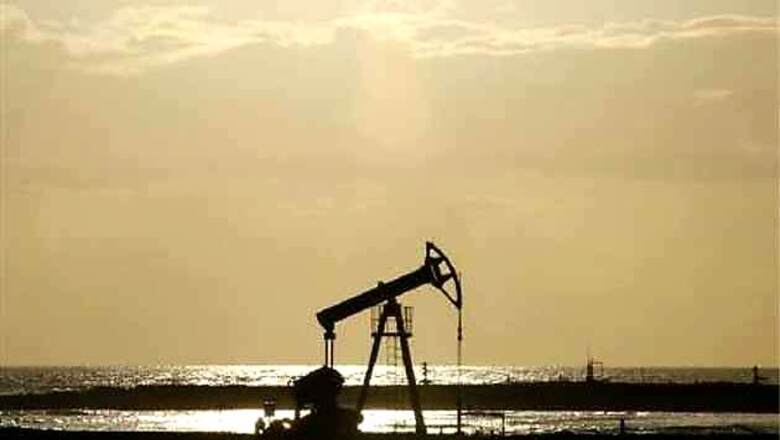
views
Mumbai: If crude oil prices continue to rise, India will be impacted by not only higher inflation and trade deficit, but by subsidies, and any move towards easing monetary policy will have to take this into consideration, rating agency Care said on Tuesday.
"The easing of monetary policy will have to be reviewed in case (oil) prices start going up. Our country in particular will be affected by just not higher inflation and trade deficit, but also on subsidies which seems to be a fairly sticky account in the Government's budget," a report by the rating agency said.
Noting that the country consumed about 3.6 million barrels per day in Q4 of last fiscal, the report said it is increasing every year.
Higher price of crude has a dual impact. First it increases the trade deficit which has foreign exchange rate implications, which by itself will pressurise the price level. Second, on account of the high oil subsidy, there will be pressure on the Government to either raise the subsidy level or increase market prices of controlled products, it said.
"If the government prefers to up subsidy, fiscal deficit is bound to expand, and if it opts for the latter (retail rice hike), an inflationary impact is unavoidable."
After 13 successive rate hikes beginning March, 2010 through October, 2011 to fight inflation, the Reserve Bank has hinted at a pause to the rate hike cycle and on January 24, it left all the key rates unchanged and cut the cash reserve requirements of bank to 5.5 per cent from 6 per cent.
Inflation, after hovering at near double-digit mark for nearly 20 months, eased to 6.55 in January and is likely to stay below 7 per cent for the fiscal end in March.
But this consistent anti-inflationary stance had its impact on growth, which has tumbled and is projected to close fiscal under 7 per cent.
The government, early this month, revised downwards GDP forecast to a paltry 6.9 per cent from an initial projection of 9 per cent plus.
Similarly, as tax collections petered off due to a massive slowdown in industrial output, the government had to borrow more from the markets, pushing up fiscal deficit by nearly 100 basis points to over 5.6 per cent.
Similar is the case with current account deficit (CAD) which has gone up following weak exports and robust imports. The CAD is set to jump over 3.5 per cent this year.
The petroleum subsidy bill was projected to be Rs 23,640 crore in FY12 and may increase even further.
"Mineral oils have a weight of 9.4 per cent in the wholesale price index of which the controlled products have a weight of 6.4 per cent. Higher inflation will definitely come in the way of the expected interest rates, easing the path of RBI in the next financial year," the report said.
The oil marketing companies, too, would be under pressure, depending on the extent to which they have to bear the burden of sharing of the overall cost, it said.
The Iranian crisis and the impact on oil prices pose probably the biggest risks to global economic recovery this year. While the link between higher oil prices and global growth has diluted over time, the pressure on prices and hence economic policy, is still significant, the Care report added.










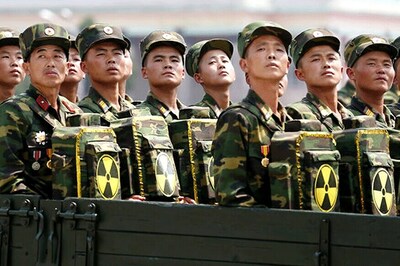


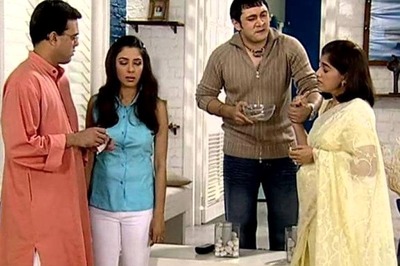


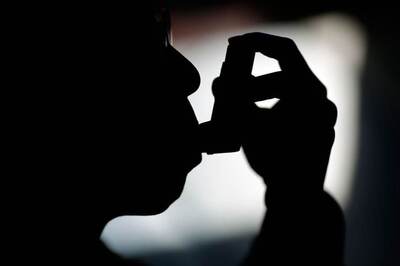

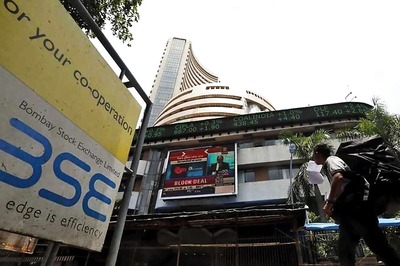
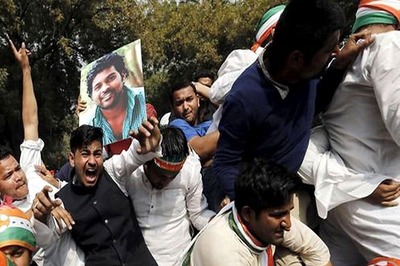
Comments
0 comment